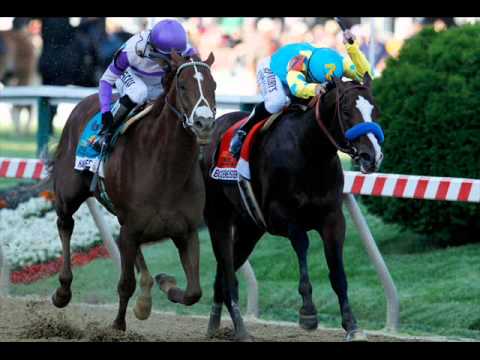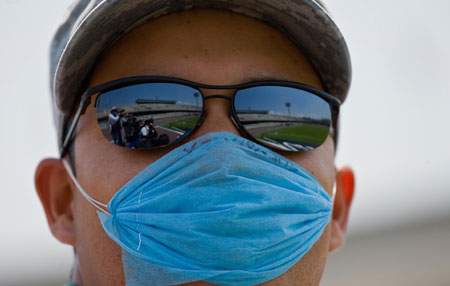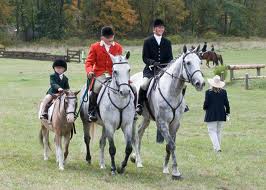 Q: This super-virus we’re looking at now is said to be a cross between a pig flu, a human flu and also the bird flu, which has been deadly too. Does this make it even more dangerous?
Q: This super-virus we’re looking at now is said to be a cross between a pig flu, a human flu and also the bird flu, which has been deadly too. Does this make it even more dangerous?
Dr Smith: Flu is broken down into a number of different types: there’s flu A, flu B and flu C. Flu A is the bird form and, of course, humans also have a flu A. Then we further categorise it according to the surface molecules, the H (for Haemagglutinin) and the N on the surface.
This new strain is a H1N1 virus, which we know circulates in humans, pigs and birds. It’s possible that the pig initially got some of its flu from a bird and then co-mixed that with the human form to produce this hybrid, which is why you can find elements of all three.
It is very much early days and the big focus now, through infection control organisations like the Centres for Disease and Prevention (CDP) and the WHO, will be to interrogate this virus at a molecular level.
In other words, look at the genetic make-up, sequence the virus, and once they’ve got the genetic sequence you can begin to unpick where it’s come from, what its origins are, and therefore begin to build the story as to what its likely outcome will be.
Q: What do we know about the swine flu virus in general and what do we know about this new strain?
Dr Chris Smith: The flu is a very ancestrally old illness. It’s a virus that has been around for thousands of years. It started off as an infection in birds and slowly over those thousands of years diversified to infect every single warm-blooded animal on Earth and a few cold-blooded ones, including snakes.
All these different organisms have their own forms of flu and periodically they can exchange them with other related animals. Birds can exchange their forms of flu with us, that gives us bird flu and periodically spawns one type of pandemic. Also, pigs can exchange their form of flu with birds and perhaps other large mammals, including horses. Because pigs, as very big mammals, are so similar to humans, they can also exchange viruses with humans and this is why we think the present outbreak could have occurred.
Continue reading What is swine flu?
Like this:
Like Loading...



 Q: This super-virus we’re looking at now is said to be a cross between a pig flu, a human flu and also the bird flu, which has been deadly too. Does this make it even more dangerous?
Q: This super-virus we’re looking at now is said to be a cross between a pig flu, a human flu and also the bird flu, which has been deadly too. Does this make it even more dangerous? A three-day event also called HORSE TRIALS, equestrian competition, testing the overall abilities of horse and rider in competition at dressage, cross-country and endurance riding, and stadium show jumping.
A three-day event also called HORSE TRIALS, equestrian competition, testing the overall abilities of horse and rider in competition at dressage, cross-country and endurance riding, and stadium show jumping. 




























